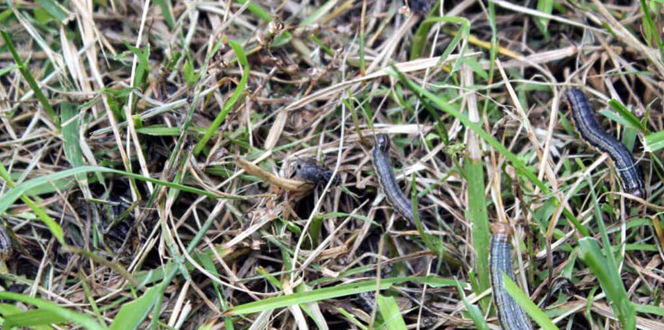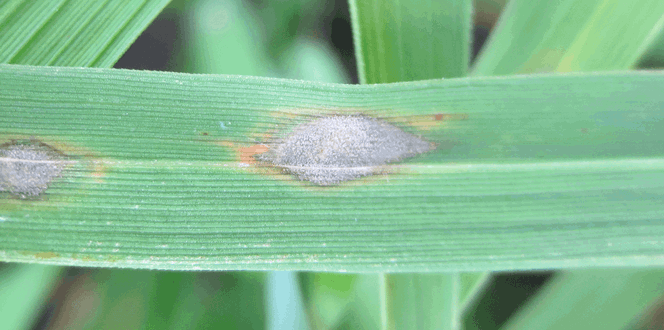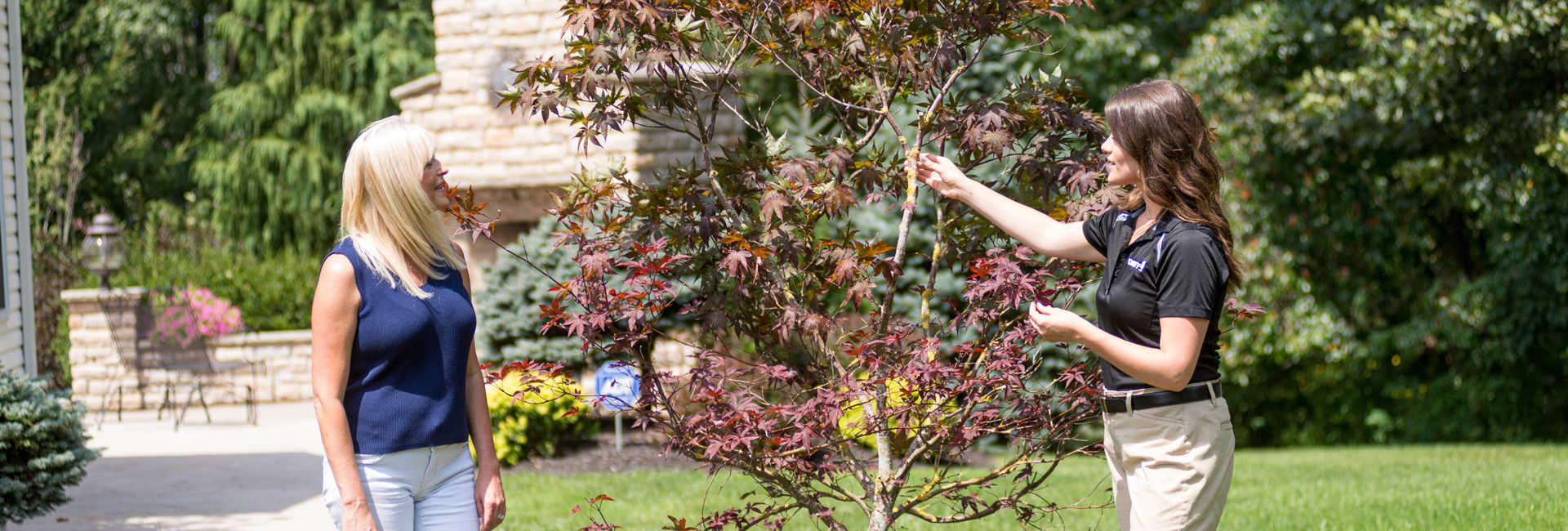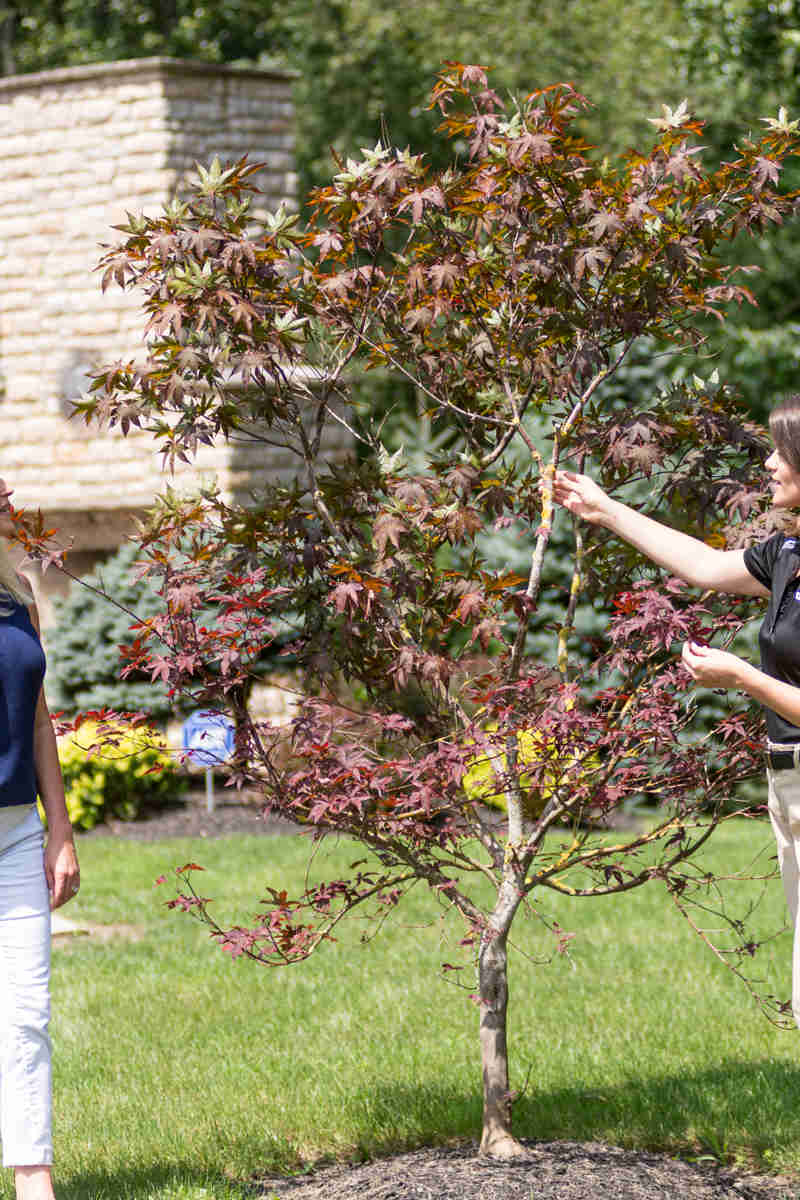Mole Crickets Description:
Mole crickets are pests that tunnel through the turf to feed on and ultimately damage roots. Their unique front legs enable them to burrow through lawn soil, creating both a hideaway and feeding spot.
Hosts:
The two most commonly affected types of grass are bahiagrass and bermudagrass. Mole crickets will target other types of turf—such as St. Augustinegrass—if the lawn is near a golf course with bermudagrass.
Biology & Symptoms:
Mole crickets start off as eggs laid during spring in northern states, and during spring and summer in Florida and other southern states. As they develop, they feed on turf roots. Their tunneling raises the soil and loosens contact with turf roots damaging the grass. They are active at night and adults are attracted to lights. In the daytime, they hide in underground tunnels.
Management:
Mole crickets can be difficult to control for two reasons: their year-round activity and their ability to easily reproduce. The ideal time to attempt control is late May through August just as eggs are hatching. Arborists will use a chemical treatment at this time to control crickets before they fully develop. An alternate treatment approach is needed if mole crickets have already grown to their adult size. To test this, mix 1 ½ ounce of lemon-scented dish soap with two gallons of water and pour it over several sections of the lawn. If two to three-mole crickets emerge in each section, the pests are active. Consult your local arborist for recommendations on the best course of action to control crickets at this stage.





